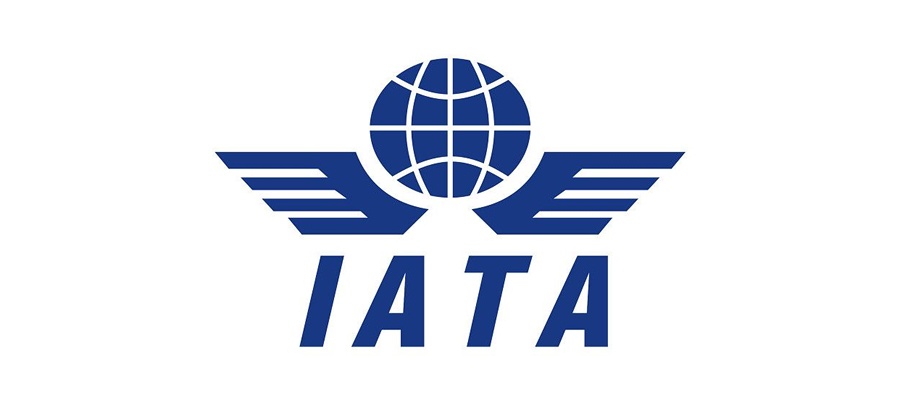IATA said this was accompanied by a 50% fall in passenger demand in 2020 compared to 2019, against minus -37% in the March prediction. The updated estimates are based on a scenario of severe travel restrictions lasting for three months, with a gradual lifting of restrictions in domestic markets, followed by regional and intercontinental.
“The situation is deteriorating. Airlines are in survival mode. They face a liquidity crisis with a US$61 billion cash burn in the second quarter. We have seen the first airline casualty in the region. There will be more casualties if governments do not step in urgently to ensure airlines have sufficient cash flow to tide them over this period,” said Conrad Clifford, IATA’s regional vice president, Asia-Pacific.
He identified India, Indonesia, Japan, Malaysia, the Philippines, Republic of Korea, Sri Lanka and Thailand as priority countries that need to take action. IATA is calling for a combination of; direct financial support loans, loan guarantees and support for the corporate bond market, and tax relief.
“Providing support for airlines has a broader economic implication. Jobs across many sectors will be impacted if airlines do not survive the COVID-19 crisis. Every airline job supports another 24 in the travel and tourism value chain. In Asia-Pacific, 11.2 million jobs are at risk, including those that are dependent on the aviation industry, such as travel and tourism,” said Clifford.
“Airlines continue to perform an important role currently with the transport of essential goods, including medical supplies, and the repatriation of thousands of people stranded around the world by travel restrictions. And after the COVID-19 pandemic is contained, governments will need airlines to support the economic recovery, connect manufacturing hubs and support tourism. That’s why they need to act now – and urgently - before it is too late,” said Clifford.

